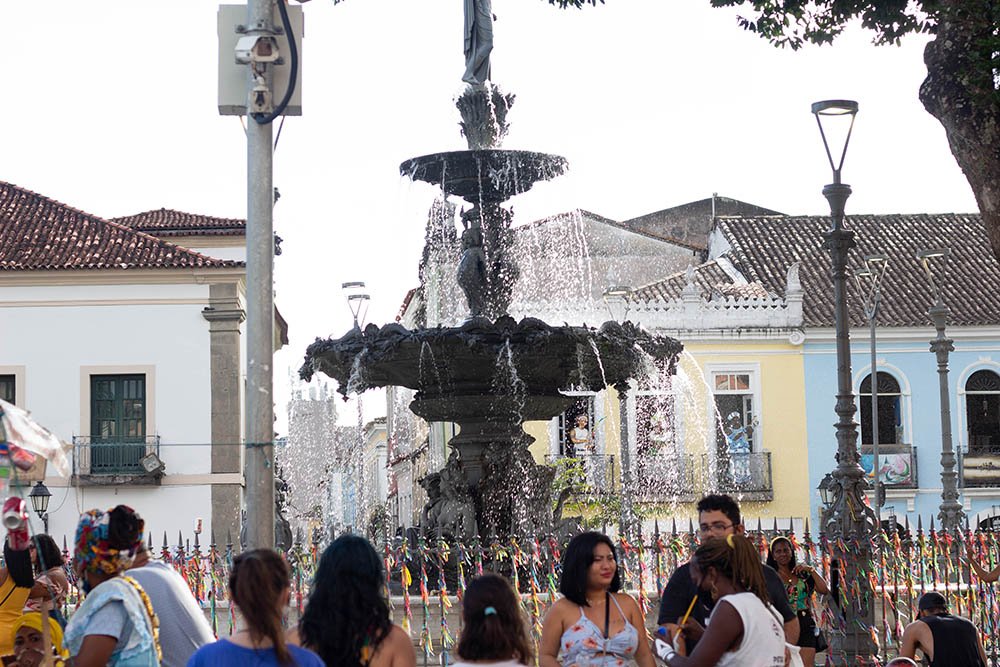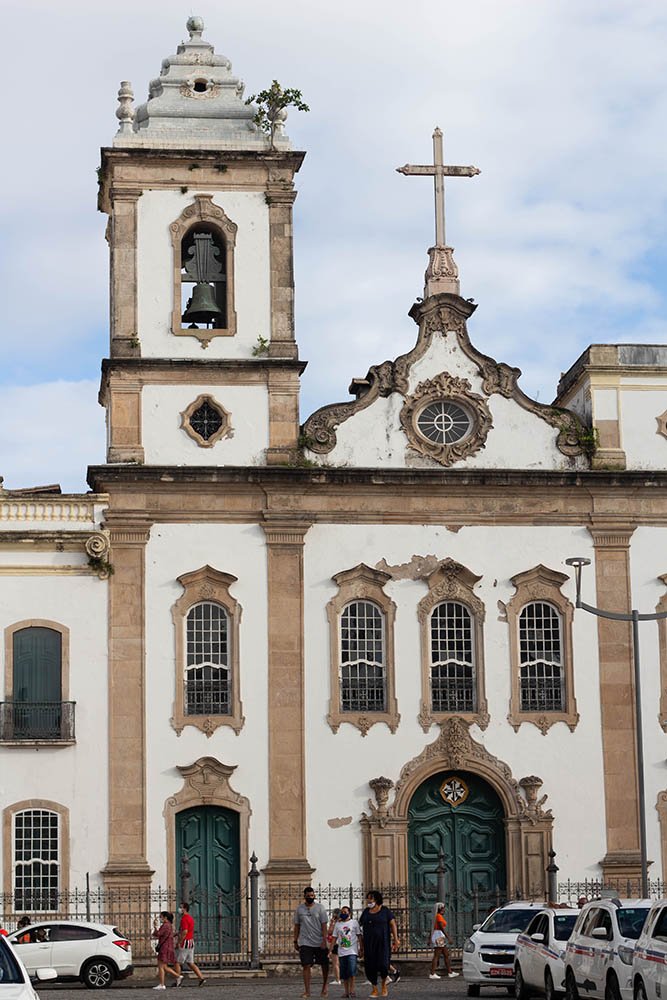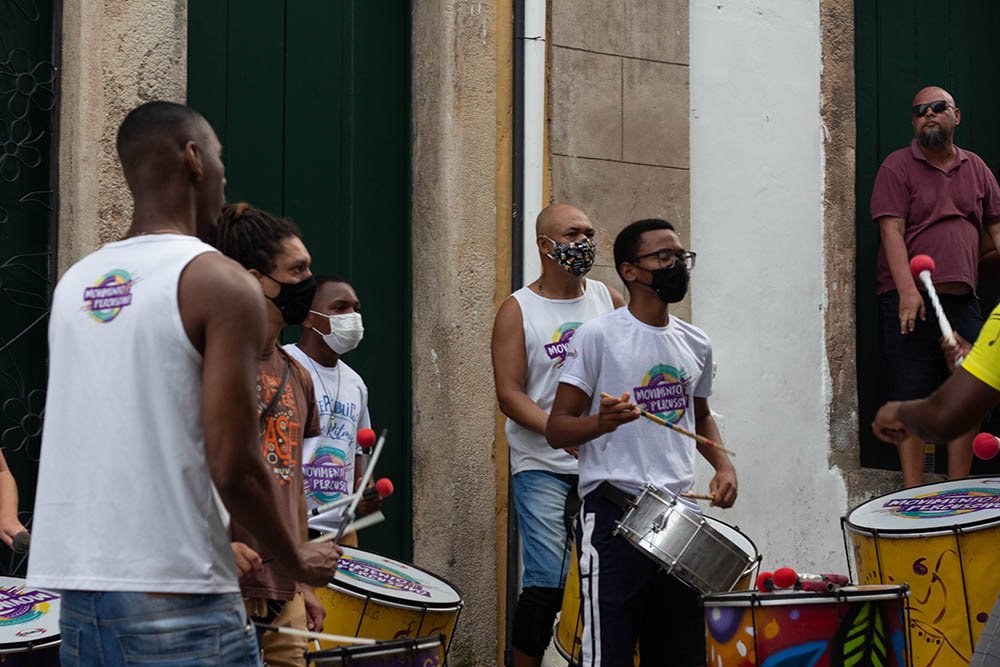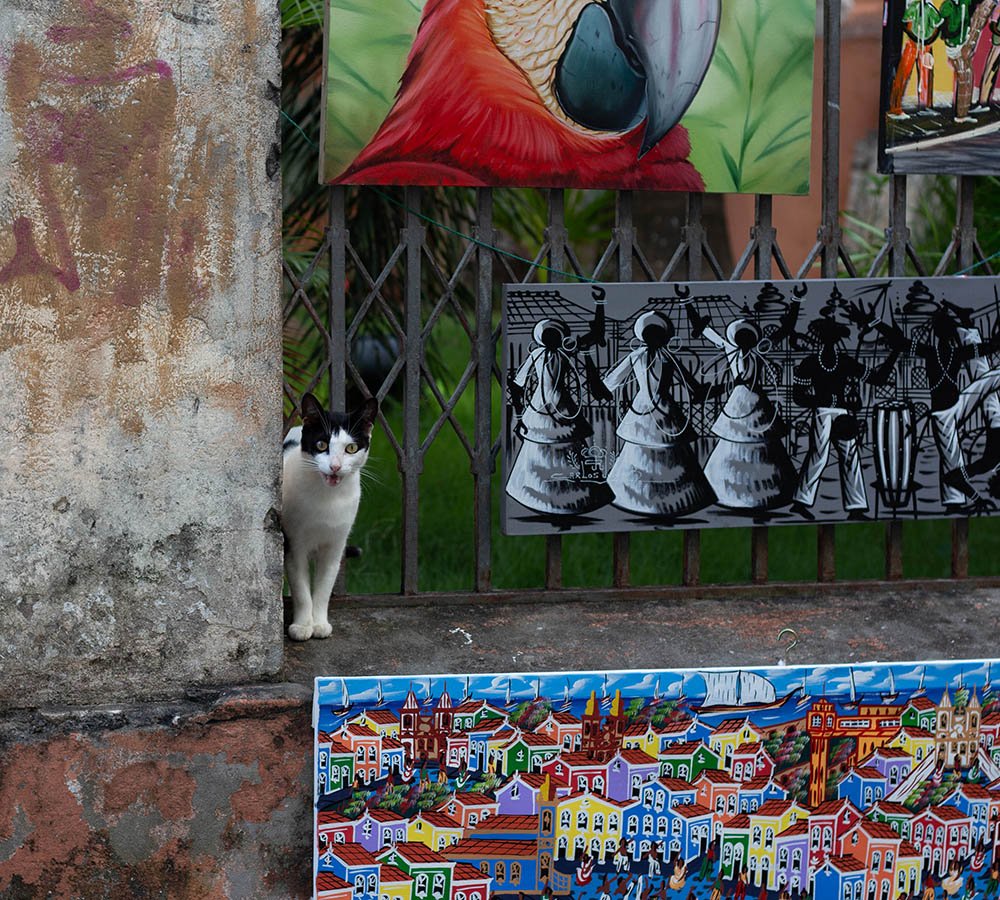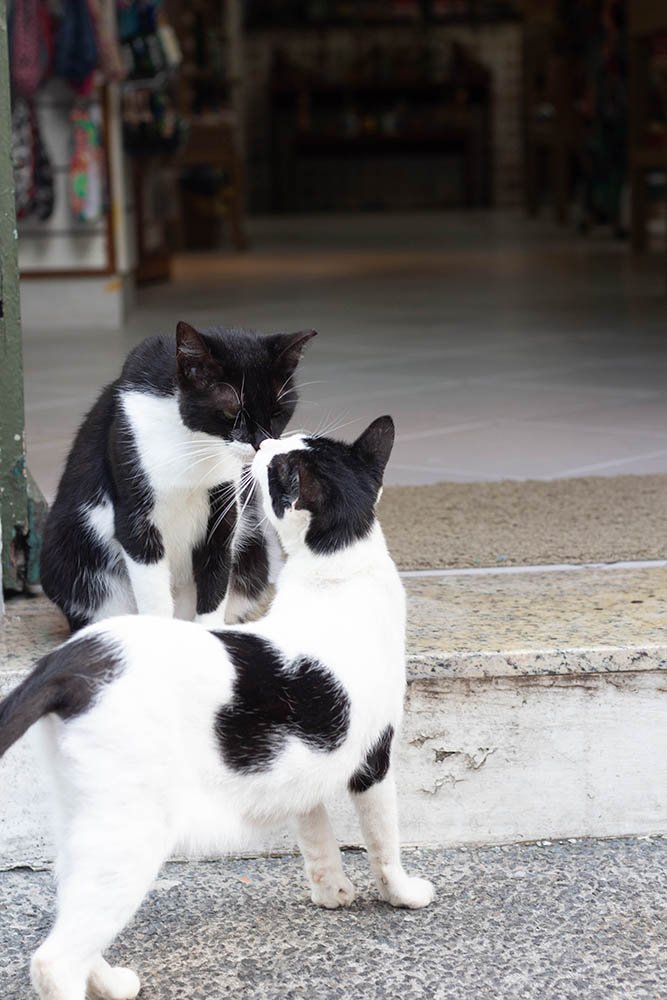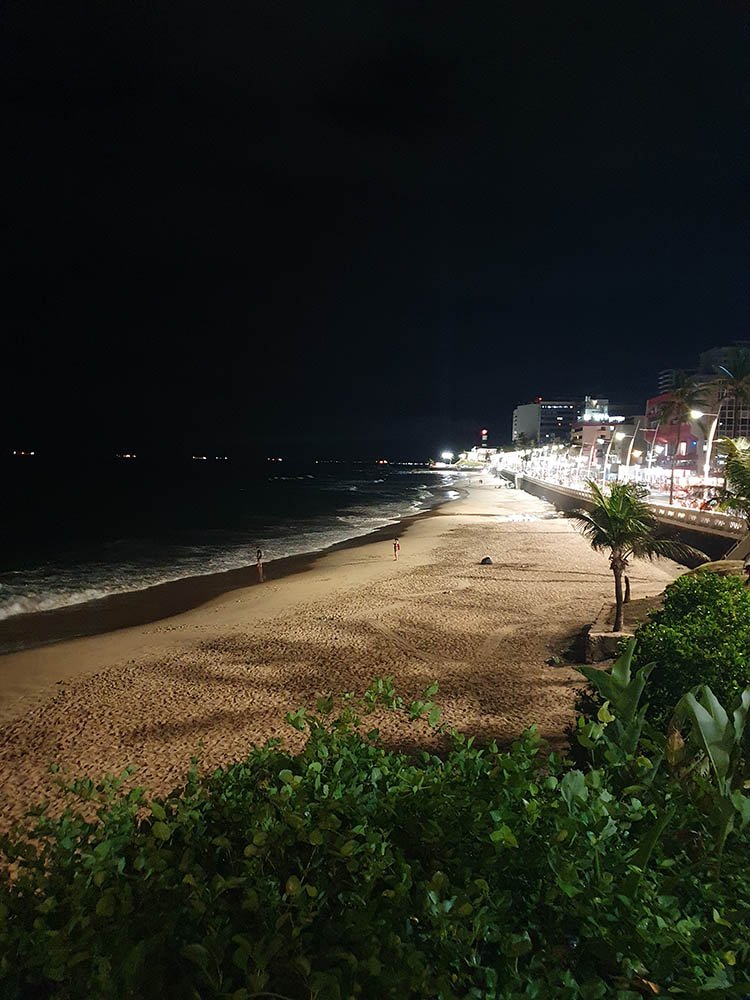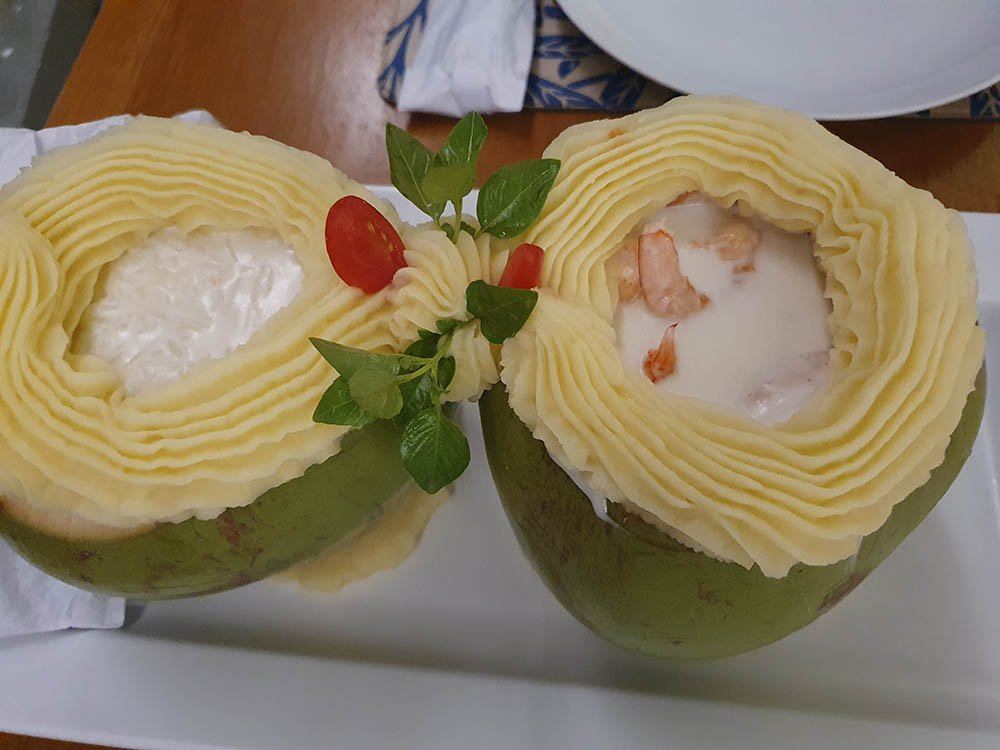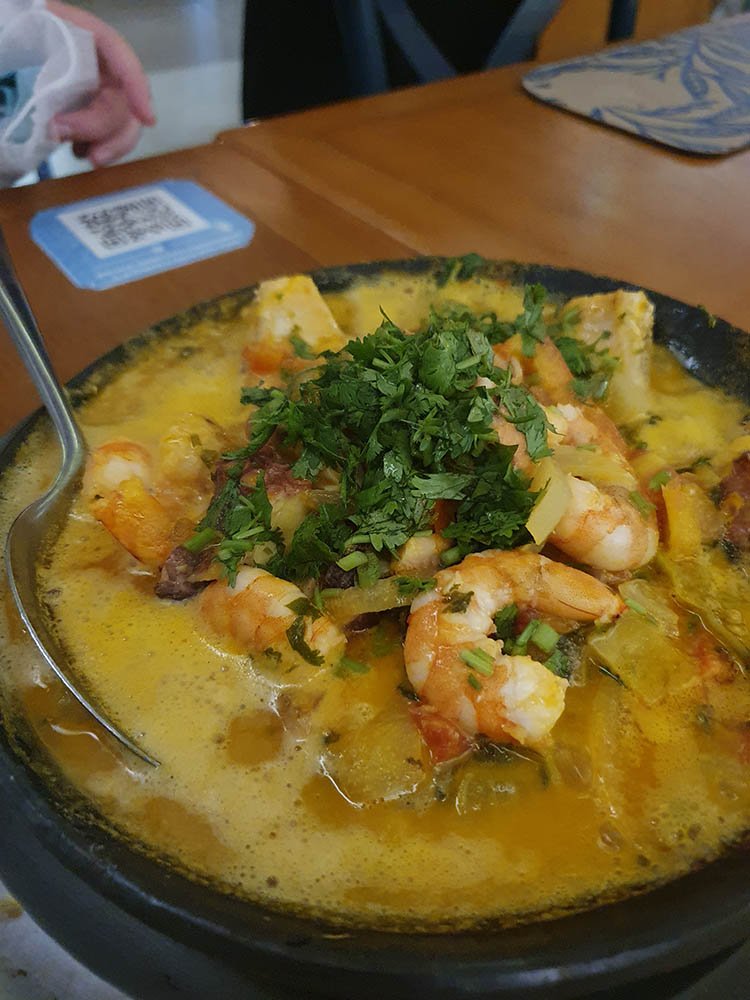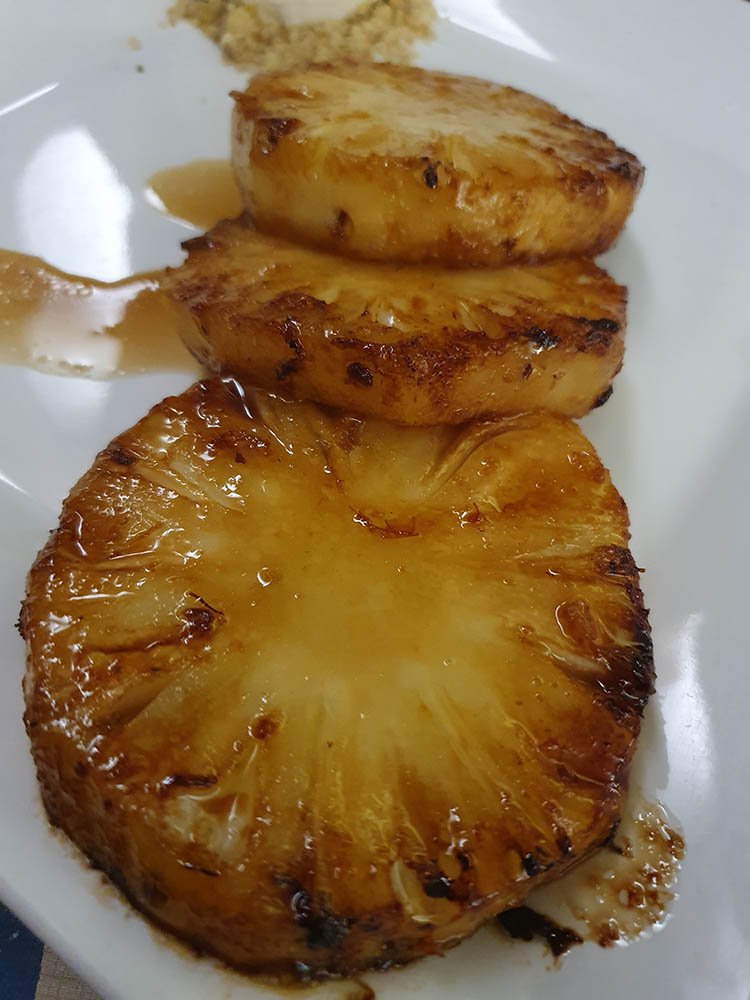Salvador
As an introduction to Brazil’s northeast, where better to start than in the country’s first capital, Salvador? The northeast was Brazil’s (slavery-dependent) economic centre during the colonial period, so Salvador, with its wide bay and good natural harbour, was a logical choice for the country’s governors to install themselves from 1549 (which makes it one of the oldest European-founded cities in the Americas) until their priorities and themselves moved south to Rio de Janeiro in 1763.
The city’s rich history and Afro-Brazilian heritage are at their most visible in the old Upper Town (Cidade Alta), which despite its apparent dilapidation is a remarkably safe area to explore even after dark, when the area fills with the sounds of drums in year-round preparation for Carnival.
This is where we chose to stay, while also exploring some of the other historic areas of the city, such as the portside Lower Town (Cidade Baixa), the swish, beachside Barra neighbourhood with its excellent seafood restaurants and the Bonfim area up the bay, which hosts one of Brazil’s most famous pilgrimage sites.
At the Bonfim Church, Brazilians of all stripes come to pay their respects to the somewhat grim image of Christ of the Good End (according to some, a thin disguise of the African Candomblé creator-deity Oxalá): the colourful ribbons associated with the ritual bring good luck and can be found tied to pretty much any object in Brazil and many elsewhere, including our rearview mirror.
Salvador and the surrounding state of Bahia are also famous for their immediately recognisable, spicy and mostly seafood-based cuisine. The state’s iconic dish, the moqueca (a curry-like fish or shrimp stew), can be found all over Brazil but is at its best in the simple eateries of the Cidade Alta.
Bahia’s other famous snack, acarajé (not pictured), is a cassava-based fritter filled with vegetables, dried shrimp and spicy pepper sauce: we tried the most famous outlet, the Cira shack at Itapuã beach (also made famous by the Bossa Nova classic, “Tarde em Itapuã”). Most Bahia dishes including moqueca and acarajé are prepared using the famous local palm oil, whose delicious smell fills the city’s streets day and night.
A last word about safety: the Northeast in general and Salvador in particular have a rather grim reputation when it comes to this. We found the Cidade Alta remarkably safe certainly by the standards of a Brazilian city centre, and certainly a good choice for a place to stay. Elsewhere (particularly in the Cidade Baixa), the usual Brazilian recommendations apply: move around by taxi/Uber whenever possible, pay attention to your surroundings and do not walk around at night.



